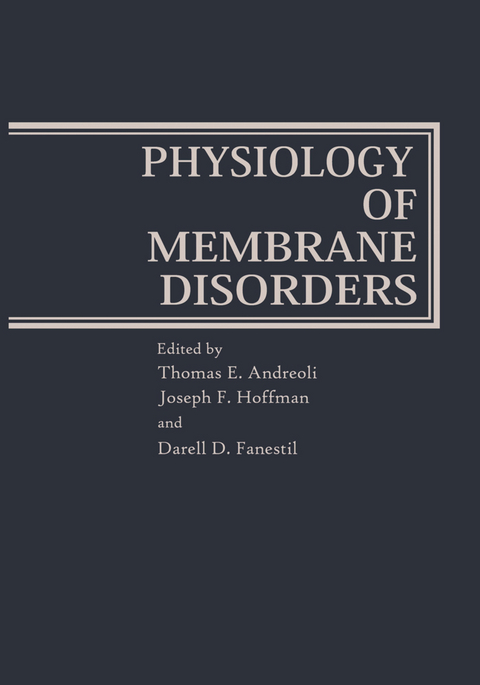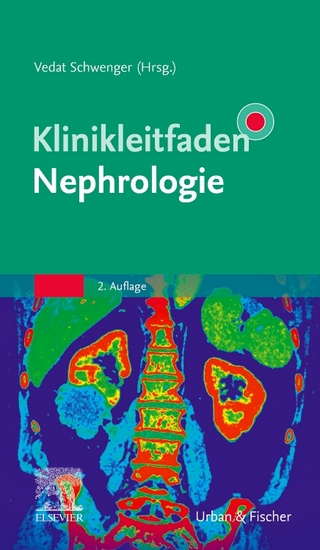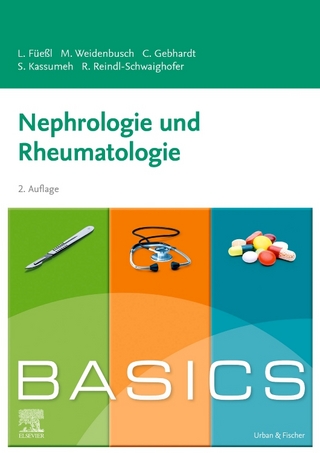
Physiology of Membrane Disorders
Springer-Verlag New York Inc.
978-1-4613-3960-1 (ISBN)
Evidently, consideration of these processes, and of the pathophysiology of membrane disorders, requires an understanding of the composition and structure of biomembranes, of the physical rules governing mem- brane transport processes, of the way in which chemical regulators-either physio- logic or pharmacologic-regulate or modify membrane transport processes, and of the ways in which these events are interpreted into specialized phenomena such as cell volume regulation, signal transmission in excitable tissues, cell-to-cell commu- nication, and secretory processes in epithelia. Accordingly, Physiology of Membrane Disorders is divided into five major sections. Part 1, The Nature of Biological Membranes, provides an overview ofthe physical structure and composition of plasma membranes, and of the dynamic relations between structure and function.
I: The Nature of Biological Membranes.- 1: The Anatomy of Biological Interfaces.- 2: Dynamics of Lipids in Biomembranes.- 3: Membrane Proteins: Structure and Arrangement in the Membrane.- II: Methods for Studying Membranes.- 4: The Nature and Limitations of Electron Microscopic Methods in Biology.- 5: Isolation and Characterization of Biological Membranes.- 6: Ultraviolet Absorption, Circular Dichroism, and Optical Rotatory Dispersion in Biomembrane Studies.- 7: Mathematical Models of Membrane Transport Processes.- 8: Tracers in the Study of Membrane Processes.- 9: Principles of Water and Nonelectrolyte Transport across Membranes.- 10: Principles of Electrical Methods for Studying Membrane Movements of Ions.- 11: Lipid Bilayer Membranes: Their Permeability Properties as Related to Those of Cell Membranes.- III: General Problems in Membrane Biology.- 12: Ion Selectivity in Membrane Permeation.- 13: Electrically Neutral Ion Transport in Biomembranes.- 14: Na and K Transport in Red Blood Cells.- 15: Ion-Coupled Transport across Biological Membranes.- 16: The Provision of Cellular Metabolic Energy for Active Ion Transport.- 17: Regulation of Cellular Volume.- 18: Cell-to-Cell Communication: Permeability, Formation, Genetics, and Functions of the Cell-Cell Membrane Channel.- 19: Genes and Membranes.- 20: Membrane Immunology and Permeability Functions.- 21: The Interaction of Hormones with Biological Membranes.- 22: Modification of Membrane Function by Drugs.- IV: Transport Events in Specialized Cells, Tissues, and Organs.- 23: Processing of Exportable Proteins: Structure-Function Correlates and Role of Cellular Membranes.- 24: Lactose Transport in Escherichia coli.- 25: Some General Properties of Excitable Tissues.- 26: Ion Movements in Skeletal Muscle in Relation to the Activation of Contraction.- 27: Excitable Tissues: The Heart.- 28: Ion and Water Transport in Gastric Mucosa.- 29: Ion Transport by Gastric Mucosa.- 30: The Uptake of Lipids into the Intestinal Mucosa.- 31: The Regulation of Glomerular Filtration Rate in Mammalian Kidneys.- 32: The Proximal Nephron.- 33: Transport Characteristics of the Loop of Henle.- 34: Transport Functions of the Distal Convoluted Tubule.- 35: The Collecting Duct.- 36: Renal Hemodynamic Factors and the Regulation of Sodium Excretion.- V: Clinical Disorders of Membrane Transport Processes.- 37: Disorders of Ion Transport in Red Blood Cells.- 38: Inherited Membrane Disorders of Muscle: Duchenne Muscular Dystrophy and Myotonic Muscular Dystrophy.- 39: Disorders of Muscle Membranes: The Periodic Paralyses.- 40: The Anatomical Basis for Cardiac Rhythm and Conduction.- 41: Cholera Toxin, Adenylate Cyclase and the Process of Active Secretion in the Small Intestine: The Pathogenesis of Diarrhea in Cholera.- 42: Malabsorption Syndromes.- 43: Mechanisms of Calcium Absorption: A Reappraisal.- 44: Cystic Fibrosis.- 45: Uremia: Strategies in the Search for Toxins.- 46: Disorders of Glomerular Filtration.- 47: Cellular Defects in Urinary Acidification and Renal Tubular Acidosis.- 48: Cystinosis and the Fanconi Syndrome.- 49: Renal Tubular Defects in Phosphate and Amino Acid Transport.- 50: The Polyuric Syndromes.- 51: Ischemia and Disturbances in Cell Volume Regulation.
| Erscheint lt. Verlag | 17.10.2011 |
|---|---|
| Zusatzinfo | XXVI, 1122 p. |
| Verlagsort | New York, NY |
| Sprache | englisch |
| Maße | 178 x 254 mm |
| Themenwelt | Medizinische Fachgebiete ► Innere Medizin ► Nephrologie |
| Studium ► 2. Studienabschnitt (Klinik) ► Pathologie | |
| ISBN-10 | 1-4613-3960-X / 146133960X |
| ISBN-13 | 978-1-4613-3960-1 / 9781461339601 |
| Zustand | Neuware |
| Haben Sie eine Frage zum Produkt? |
aus dem Bereich


